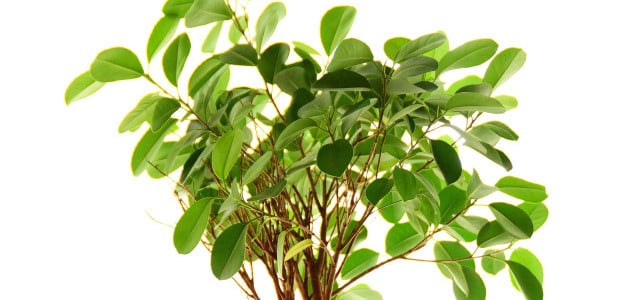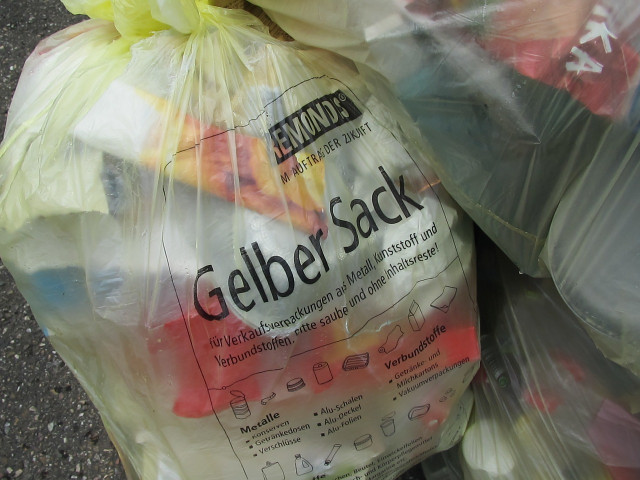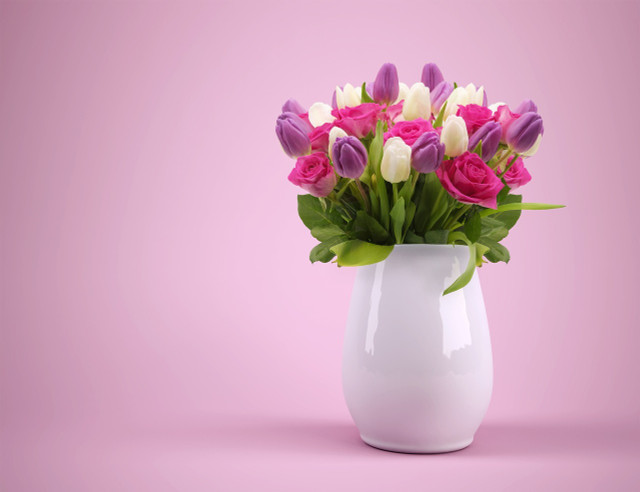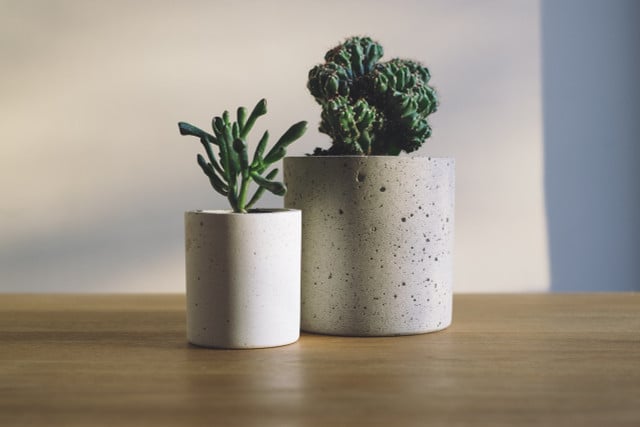
Artificial plants can look deceptively real and need no care. As tempting as plastic greenery is, you still shouldn’t buy it.
Artificial plants come in all shapes and colors. Whether large, small, with or without flowers – there are now true-to-original plastic copies of countless plant species. They often stand as a bouquet on the table in the restaurant or as a ficus in the office. The plastic flowers are now available for every occasion, for example as springtime Easter decorations or as Advent stars during the Christmas season. Artificial plants are very popular mainly because at first glance they have two decisive advantages over real plants:
- they do not wither
- and they do not need care.
Contents
- 1 Still, you shouldn’t buy them and there are several reasons for that.
- 2 Artificial plants: Eventually, plastic flowers end up in the trash
- 3 Production of artificial plants needs a lot of energy and resources
- 4 Artificial plants are not a cheap alternative to real plants
- 5 Real plants are also available in “low-maintenance”.
- 6 Author
Still, you shouldn’t buy them and there are several reasons for that.
The use of artificial plants in home decor has become increasingly popular, but there are some significant downsides to using plastic flowers and foliage. Here are several reasons why you might want to think twice before incorporating artificial plants into your living space:
- Lack of Authenticity: Artificial plants lack the authenticity of real, living plants. Their appearance and texture can be quite different from the real thing, which can detract from the natural and organic feel of your home.
- Static Appearance: Plastic flowers and foliage have a static appearance, which means they won’t change or grow over time. Real plants, on the other hand, can grow and evolve, adding dynamic beauty to your space.
- Limited Health Benefits: Real plants provide numerous health benefits, including improved air quality, stress reduction, and humidity control. Artificial plants cannot offer these advantages.
- Dust Accumulation: Artificial plants tend to accumulate dust over time, which can make them look unkempt and may require regular cleaning.
- Environmental Impact: Many artificial plants are made from non-biodegradable materials like plastic, contributing to environmental issues and sustainability concerns. Real plants are eco-friendly and contribute positively to the environment.
- Allergies: Some people may be allergic to the materials used in artificial plants or the dust that collects on them. Real plants do not pose this allergy risk.
- Short Lifespan: Over time, artificial plants can fade, become discolored, or show signs of wear and tear. Real plants can thrive for many years with proper care.
- Cost: While artificial plants may have an initial lower cost, real plants can be more cost-effective in the long run. You can propagate new plants from cuttings or seeds, reducing the need to purchase new plants frequently.
- Maintenance: While artificial plants require less care than real ones, they still need occasional cleaning and may require replacements when they deteriorate. Real plants, when properly cared for, can thrive with minimal effort.
- Aesthetic Limitations: Artificial plants are limited in their aesthetics. They can’t offer the rich scents, seasonal blooms, and natural beauty of real plants.
In summary, while artificial plants can be a convenient and low-maintenance option for home decor, they lack the authenticity, health benefits, and environmental advantages that real plants offer. When it comes to creating a truly vibrant and inviting living space, the downsides of using plastic flowers and foliage are worth considering.
Artificial plants: Eventually, plastic flowers end up in the trash

As beautiful as the plastic flowers may be when you buy them, over time the artificial leaves fade from the sun’s rays or you get tired of them. Then, like so many other plastic items, the artificial plants end up in the trash. The problem: There is more and more plastic waste and plastic is a big problem for people and the environment. Many often used plastic compounds are not degradable and accumulate in the environment. Scientists have already detected small plastic particles in tap water and food.
Only pure plastic can be recycled properly. However, since plastic flowers usually consist of many different plastics, they are often incinerated in a waste incineration plant.
Production of artificial plants needs a lot of energy and resources
Many plastic flowers are produced in factories in China. Plastic granules made from petroleum are dyed and pressed into shape under great heat. Flowers are punched out of strips of fabric. The individual parts are then assembled. These steps alone require a great deal of energy, but the artificial plants are also elaborately packaged and shipped all over the world. The transport also causes a lot of CO2. The consumption of resources for artificial plants is therefore very high and greater than is often assumed.
Artificial plants are not a cheap alternative to real plants

If you compare the prices of plastic flowers with plants in the garden center, the artificial alternatives are usually cheaper. This is at least true for many large plants. The cheapest way is to get offshoots from friends and family. These are free of charge, were not grown far away in foreign countries and have also no long transport route behind them.
By the way: Even with real cut flowers you have to look carefully, because they are often transported from Africa or Colombia to us in Europe. The carbon footprint is very poor, and flower fields are usually sprayed with environmentally harmful pesticides. It is therefore more sustainable to rely on domestic flowers and offshoots from acquaintances.
Real plants are also available in “low-maintenance”.

Artificial plants are considered an alternative for people who do not have time or a green thumb. But even plastic flowers can’t do without care. To keep them looking beautiful, you have to dust them off from time to time. Especially with larger or detailed artificial flowers, this can be quite time-consuming. You’ll have a similar time commitment with low-maintenance succulents and cacti, which don’t require much attention and don’t need to be watered often.
If you think your apartment is too dark for plants: There are varieties that can get by with little light. And even without a green thumb, plants can survive in your home with these tricks.









